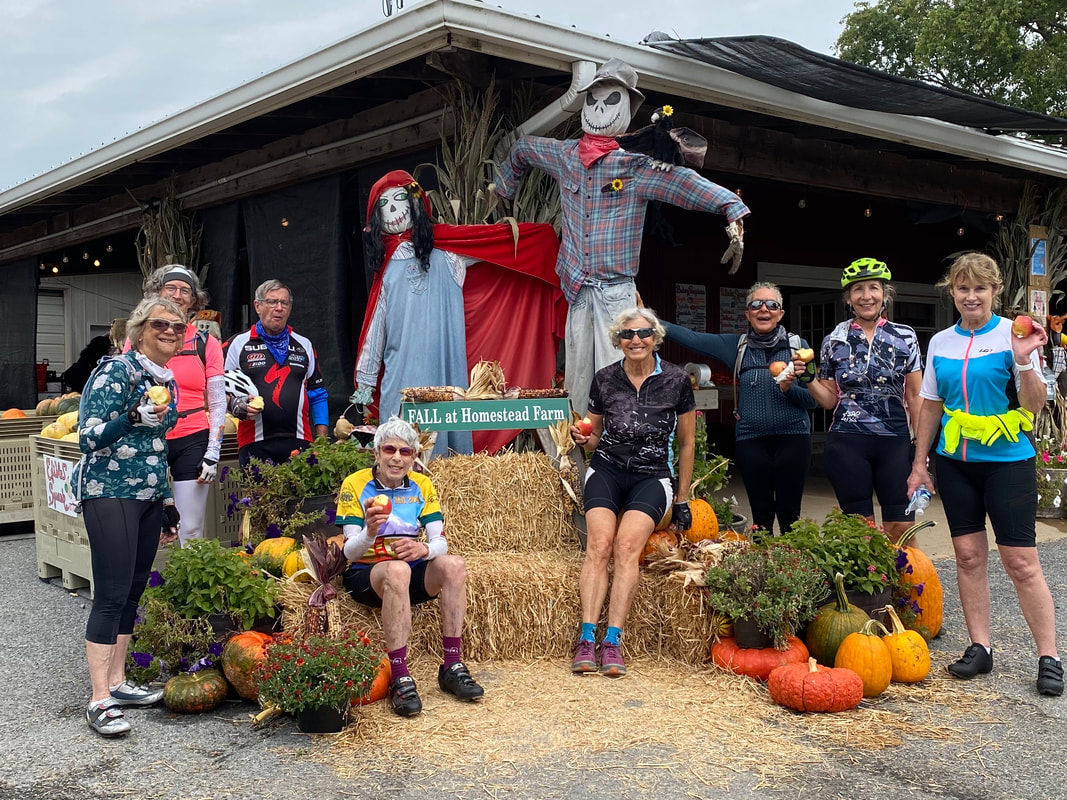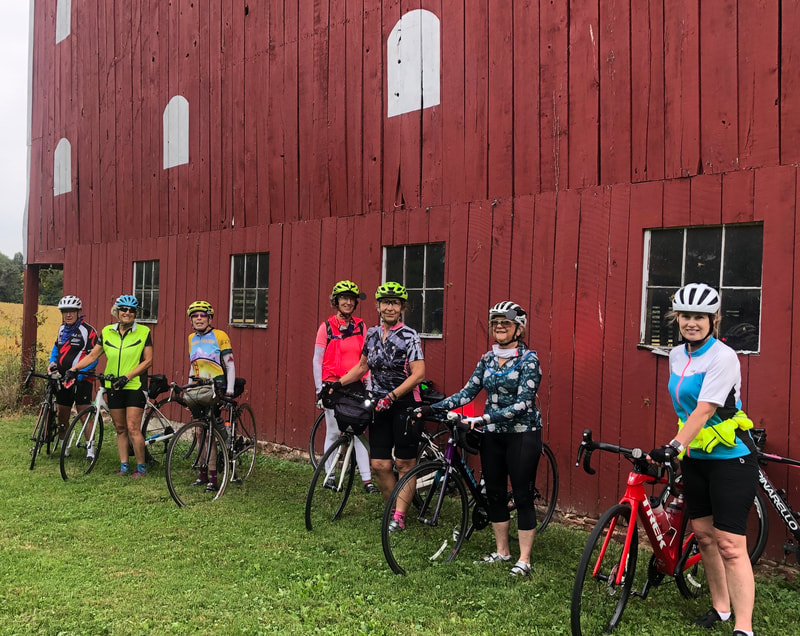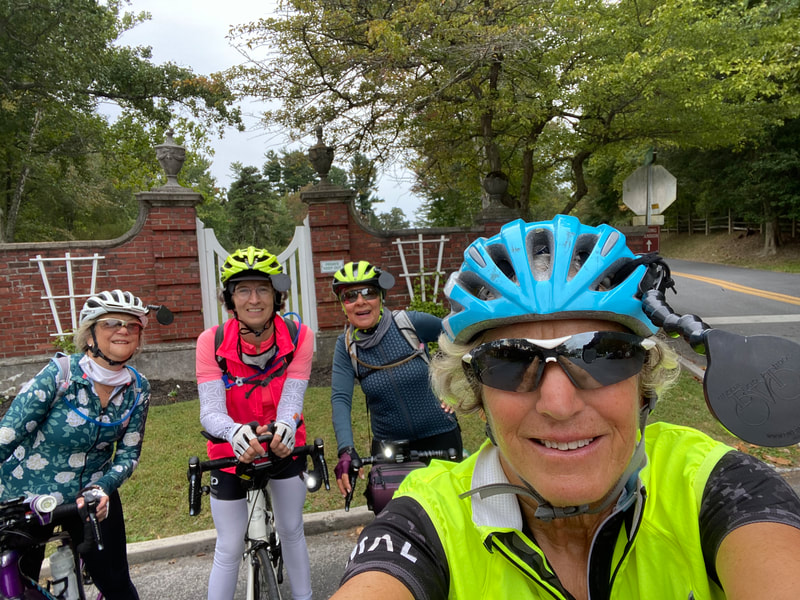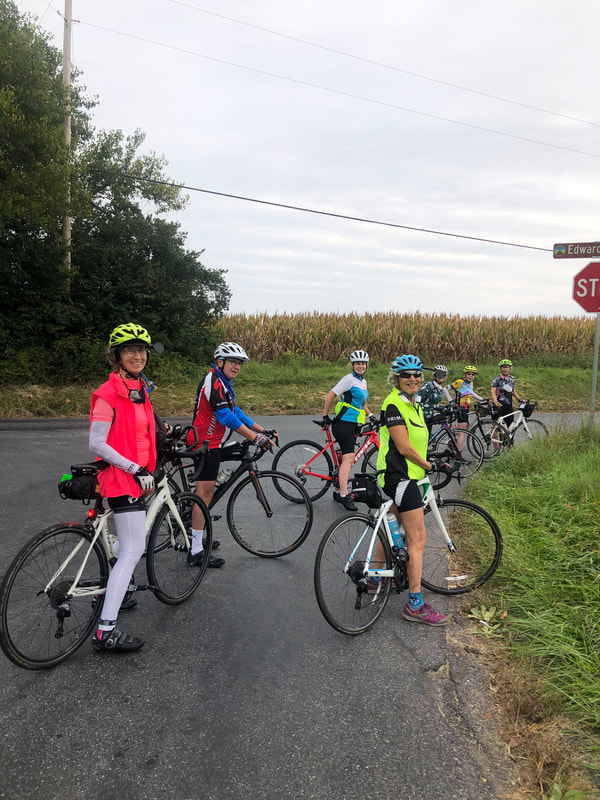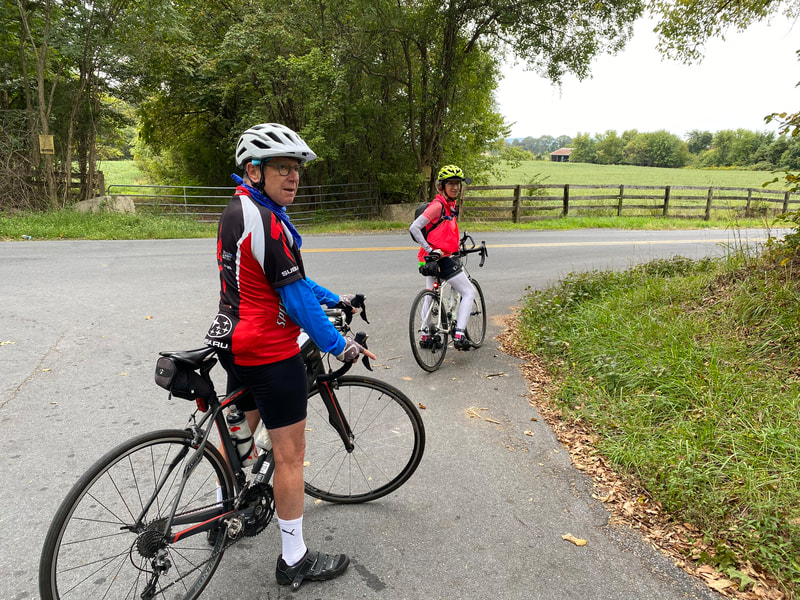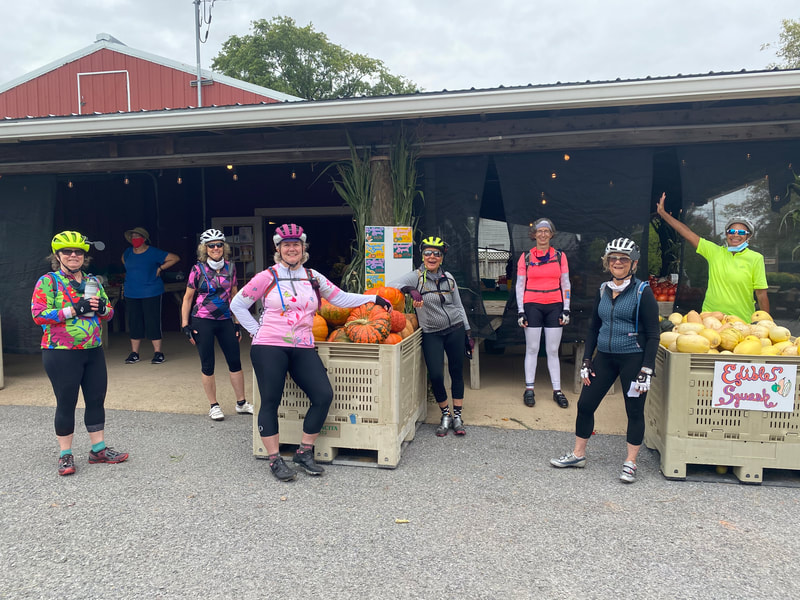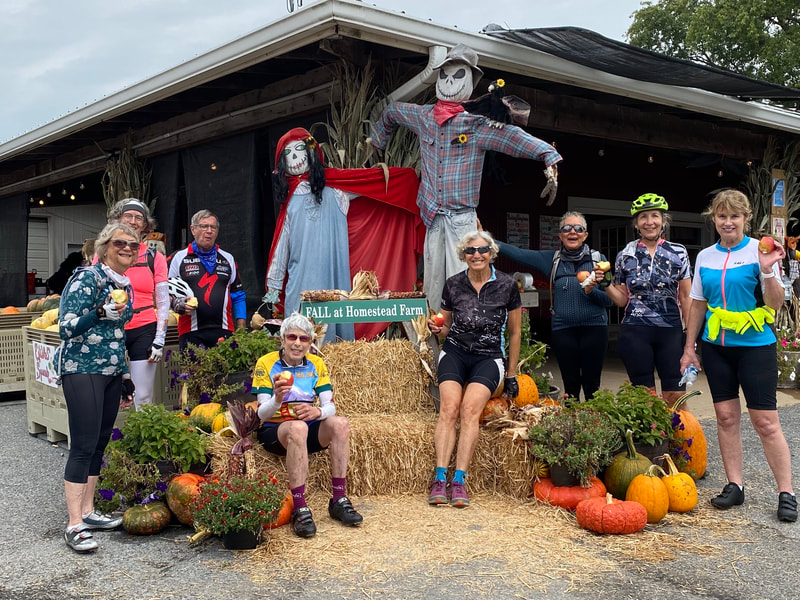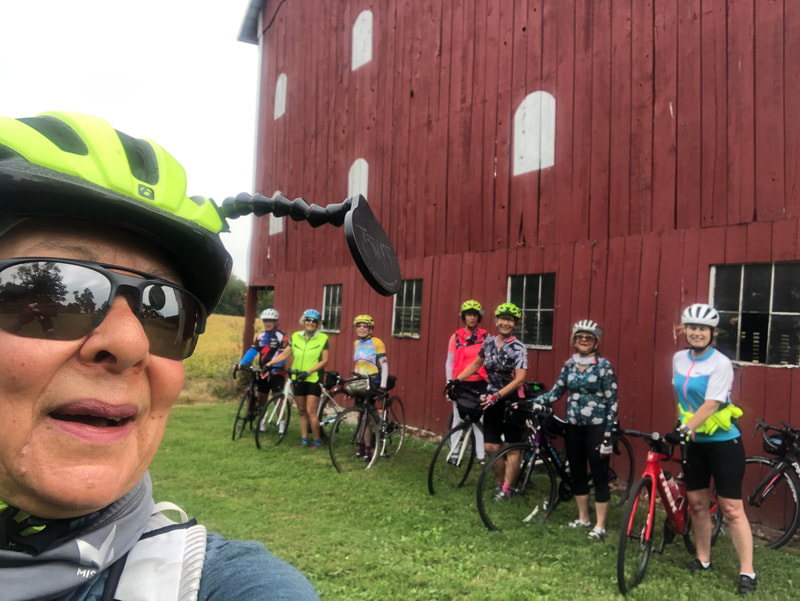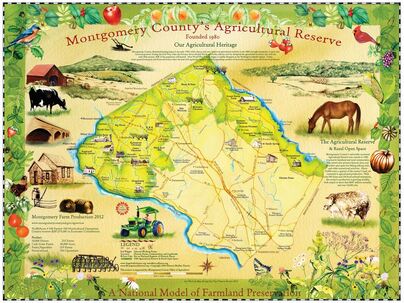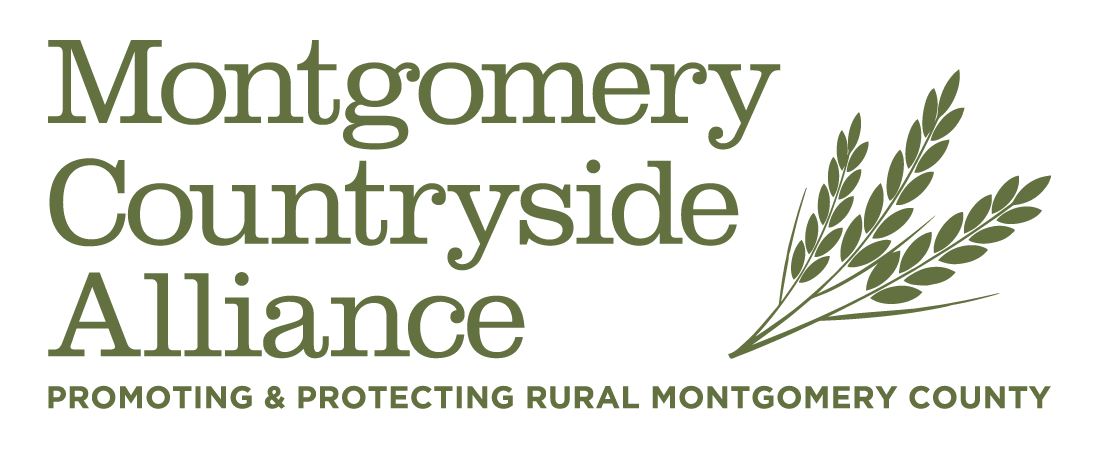We want to thank our riders, the farms that they visited along the routes, our board members who double checked routes and most especially the incredible Vivien Bonazzi, our ride chair who made it all happen.
Who knows what the future will bring but we look forward to hopefully holding a "normal" ride next year to celebrate MCA's 20 years of protecting the Ag Reserve.
Riders should have gotten a discount on our US-Made and incredibly soft 40th Anniversary of the Reserve t-shirts. If you missed the link - let us know - kristina@mocoalliance.org
Check out a few of the photos of the ride submitted to us below, including a turn by turn view of the 62 miler! More photos are on our facebook page. (it's not too late to send yours in! kristina@mocoalliance.org)

